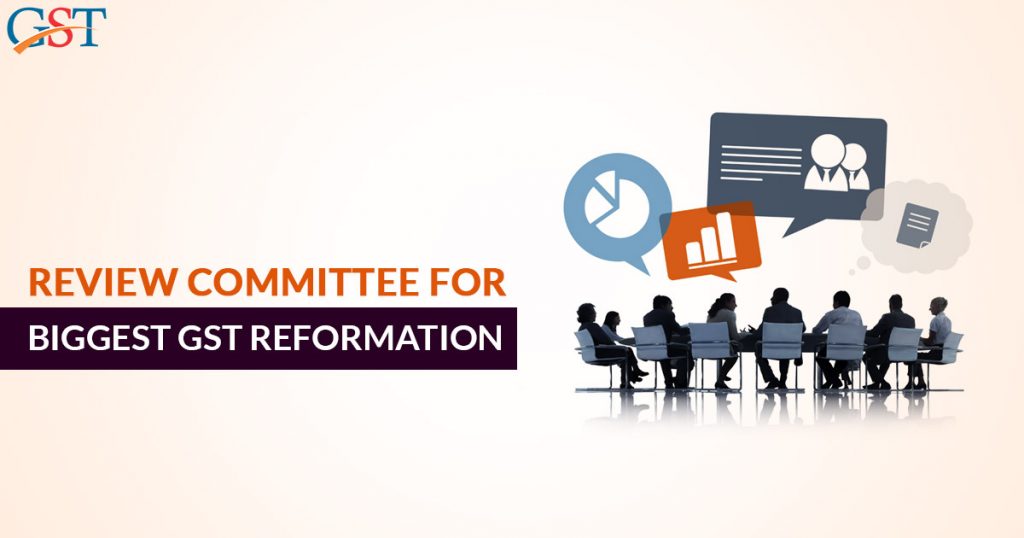
Biggest reformation ever since the GST regime has started is anticipated to be introduced by the government to upsurge the GST collection and seal the tax evasions.
Contrary to the GST collection target of 13% set by the government at the start of 2019, the GST collection rate has remained below 5% in the first half of FY 2019.
Government has started evaluating GST and GST rate slabs to reset the rates to increase the GST collection, for this the government has formed a special GST review committee of 12 members which includes government officers from state and centre. The panel is expected to recommend anti-evasion measures and bring systemic changes to curb misuse and increase voluntary compliance & its overall observation.
The committee members can augment the panel by choosing some other members with the mutual consent to evaluate and shift the products from the current GST rate slab to another.
The inverted tax structure is one of the reasons behind tax evasion leakage in sectors like restaurants. Besides, withdrawal of tax credit on payment for goods and services is also one of the issues with restaurants which results in revocation of the lease agreement to avoid tax payment.
The slowdown in the GST collection is directly connected to the economic condition of the country. According to the officials, the GST collection has declined due to the blunt decline in sales of products such as auto cars. However, the congress party is blaming the Centre for wrongly designing the GST mechanism and cutting down the taxes which is leading to lower tax collection. According to them, the economic slowdown may not be the reason necessarily behind second-string GST collection.
In the 37th GST Council meeting which was held last month, Finance Commission chairman NK Singh expressed the need to review the current tax rate slabs of 5%, 12%, 18% and 28%.
GST was introduced in July 2017 with an intention to unite the two tax rate slabs of 12% and 18% and to lessen the number of goods in the top bracket of 28%. However, this resulted in poor revenue attainment so the officials recommended the unification of 12% and 18% brackets into 16-17% which will be the revenue-neutral rate. But, this may result in political complexities as the tax burden on many items will increase.
The appeal has been made by the states to the Finance Commission to extend the compensation time-frame by a further three years. However, it is believed that the implementation of such a request would allow the states to keep the maximum revenue with them, which is faulty apparently.